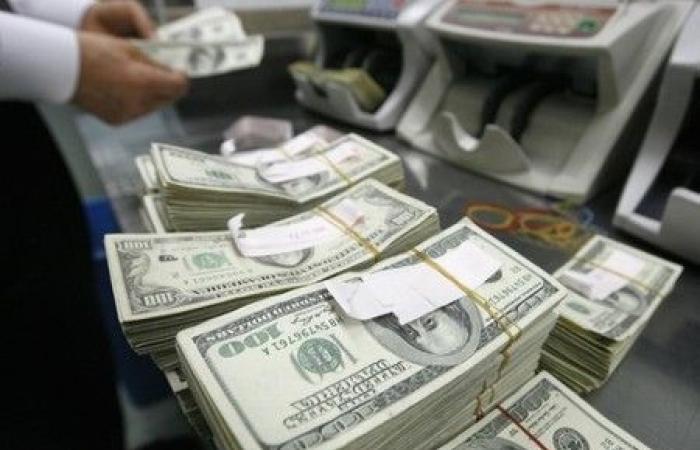The Australian and New Zealand dollars hit new highs against the yen on Tuesday, with relatively high yields attracting a steady stream of carry trades while most other currencies remained stuck.
With the U.S. dollar stuck at 160.00 yen by the threat of Japanese intervention, investors shorted the yen against other major currencies offering relatively high yields.
The Aussie thus reached 106.38, which allowed it to gain 7.6% over the quarter. A break of the 2007 peak at 107.84 would take it to highs not seen since late 1991.
The Kiwi dollar hit its highest level since 1986, at 97.93 yen, after climbing almost 8% during the quarter.
Flows from the yen helped the Aussie rally to $0.6655, after hitting a low of $0.6627 on Monday. Strong resistance lies around $0.6679 and $0.6714.
The kiwi remained steady at $0.6120, stuck between resistance at $0.6148 and support at $0.6098.
The Reserve Bank of Australia’s (RBA) upbeat policy outlook has supported the Aussie, with markets estimating there is just a one in four chance of a rate cut this year and just 43 basis points of easing until the end of 2025.
Risks will be sharpened by consumer price data for May, due on Wednesday, where a strong reading could well lead markets to price in more chances of a rate rise.
The annual pace of inflation accelerated to 3.8% in May, from 3.6% in April, partly due to base effects as the index fell, according to median forecasts. monthly significant last year.
April’s CPI had already surprised to the upside, suggesting inflation for the second quarter as a whole could exceed the RBA’s forecast of 3.8% for both headline and core measures.
“Our baseline assumption remains that slow economic growth will give the RBA enough confidence in the inflation outlook to remain on hold, but the short-term risk is that of an increase,” he said. said Taylor Nugent, senior economist at NAB.
“NAB has long forecast an initial cut in November, but the lack of real progress on domestically sensitive prices this quarter would tilt the risk towards holding for longer.
Markets are not as optimistic about New Zealand, where a first rate cut is fully scheduled for November and more than 130 basis points of easing implied through the end of 2025. (Reporting by Wayne Cole; Editing by Jamie Freed)






